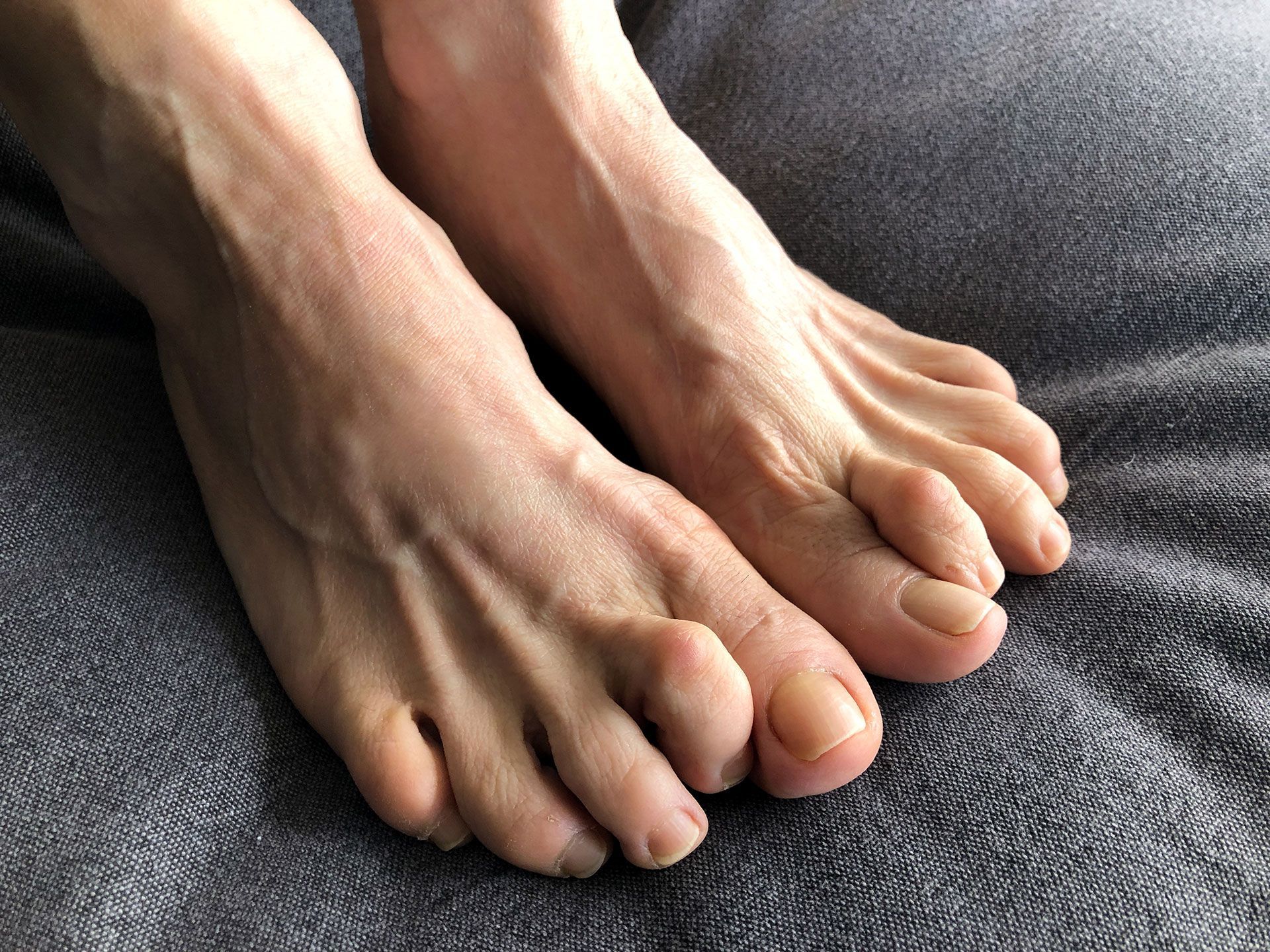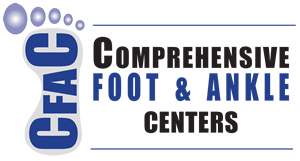Hammertoes

Comprehensive Toe Deformity Care
Relief and Treatment for Painful Hammertoes
Hammertoes are characterized by an abnormal bend in the middle joint of a toe, most often affecting the second, third, or fourth toes. This misalignment changes the way pressure is distributed across the foot, which can make everyday activities like walking, standing, or wearing shoes uncomfortable. The constant friction often leads to painful corns or calluses on the tops or tips of the affected toes. As the condition progresses, hammertoes tend to become more rigid and less responsive to movement, making it increasingly difficult to straighten the toe without discomfort. Since the deformity typically worsens over time, early diagnosis and treatment are important to manage symptoms, protect mobility, and prevent further complications.
Causes of Hammertoes
Hammertoes may develop for several reasons, including:
- Wearing shoes that are too tight or narrow in the toe box
- Muscle and tendon imbalances in the foot
- Aging and natural wear on the joints
- Hereditary foot structure, such as long toes or flat feet
- Underlying conditions like arthritis or diabetes
Signs and Symptoms
Patients with hammertoes may experience:
- A noticeable bend in the middle joint of one or more toes
- Pain or irritation when wearing shoes
- Corns or calluses forming on the top or tip of the affected toe
- Redness, swelling, or stiffness in the joint
- Difficulty moving the toe as the deformity becomes more rigid
Diagnosis and Treatment
A podiatrist can diagnose hammertoes during a physical exam and may recommend imaging to assess joint stiffness. Treatment options depend on the severity of the deformity and may include:
- Switching to shoes with a wide toe box and low heels
- Using orthotics or shoe inserts to correct foot mechanics
- Applying protective padding to reduce friction from corns and calluses
- Toe-strengthening exercises to improve flexibility and balance
- Surgical correction for severe or painful cases that do not respond to conservative care
Prevention and Self-Care
You can reduce your risk of developing hammertoes by wearing shoes that provide ample space for your toes, avoiding high heels, and selecting adjustable footwear with straps or laces. Shopping for shoes at the end of the day, when feet are naturally more swollen, can also help ensure a proper fit.
Start Your Journey to Wellness Today
Talk With Foot and Ankle Specialist Today!
If you are experiencing symptoms of hammertoes or pain that interferes with daily activities, contact our office for a comprehensive evaluation. We’ll provide treatment options tailored to your needs to reduce discomfort, improve mobility, and protect your long-term foot health.

